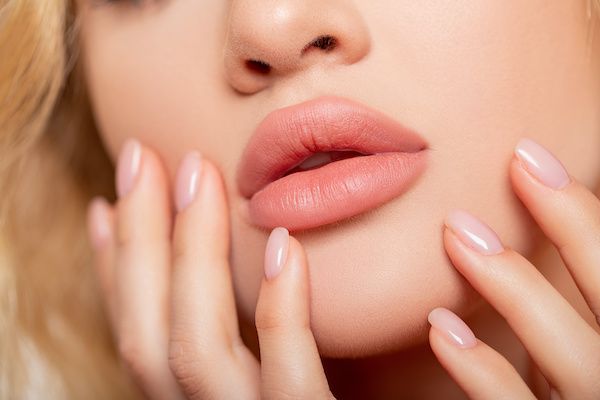Many people think about getting injectables long before they actually do. Whether it’s a fear of needles, side effects, or looking too “different,” they wait around, unhappy with their appearance, not realizing that aesthetic practitioners are eager and available for a consultation appointment to answer any and all questions regarding these safe cosmetic procedures. Here are some of the most commons we get.
What’s the Difference Between Botox and Fillers?
Botox, and its cousins Dysport and Xeomin, are used to soften wrinkles around the eyes, mouth, and between the eyebrows by weakening the muscles that cause them. When these muscles are relaxed, unable to tighten and contract, the appearance of crow’s feet, laugh lines, and the dreaded 11s (between the eyebrows) are diminished. Botox can also be used to relax specific muscles in the forehead that draw the eyebrows downward, providing a non-surgical eyebrow-lift effect.
Dermal fillers are used for plumping depressed facial areas by replacing natural hyaluronic acid lost in the aging process. Filler placed in sunken cheekbones can remove shadows under the eyes and add volume to the face, and when placed around the mouth, can both fill in marionette and “smoker’s/straw" lines, and/or give lips the perfect pout. By plumping these areas of volume loss, skin has a fuller, more youthful appearance.
How Do I Choose Which Injectable to Use?
There are many popular fillers out there, but each is formulated for its own purpose. Each filler has a unique composition to create a certain texture, depth, or type of volume replacement, so you may need multiple fillers to address different areas of your face. The wrong filler in the wrong place — such as a thicker filler designed for cheekbones placed around your mouth — can have unintended side effects like a lumpy appearance, but the right filler used properly can provide a natural, refreshed look.
Is There Down Time?
Both fillers and injectables are non-surgical procedures that require very little actual “recovery time,” but you may have to alter some of your regular plans. In at least the week leading up to your procedure, you’ll want to avoid alcohol and certain medications to reduce the risk of bleeding and bruising at the injection site. In addition, you’re advised to avoid lying prostrate for up to six hours, or directly on the injection site for 48 hours to limit movement of the injectable prior to it setting, and to not exercise for at least 24 hours following the procedure. While you can usually immediately go back to work or other non-strenuous activities, you may have some swelling or bruising in the first few days, so don’t get injectables immediately before a big event or occasion.
How long will it last?
Fillers can last anywhere from six to 18 months, but how long the results of yours last is dependent upon your own metabolic rate and lifestyle, as well as the injectable itself. Your metabolism is influenced by age, genetics, and how much you exercise, as well as other factors, like if you sleep on your face, or are prone to exaggerated facial expressions. Just like maintaining your hair color, it’s possible, you’ll have got go back in for touch ups in some areas more often than others, so it’s good to discuss this in advance for planning purposes. The good news is, the effects fade gradually and not all at once, so you’ll likely know when you need a touch up.
How Much Does it Cost?
Cost is dependent upon which injectable you choose and how long it lasts. At Kalologie, we regularly feature injectables in our monthly specials to make trying them — and maintaining them — easier for our clients.

